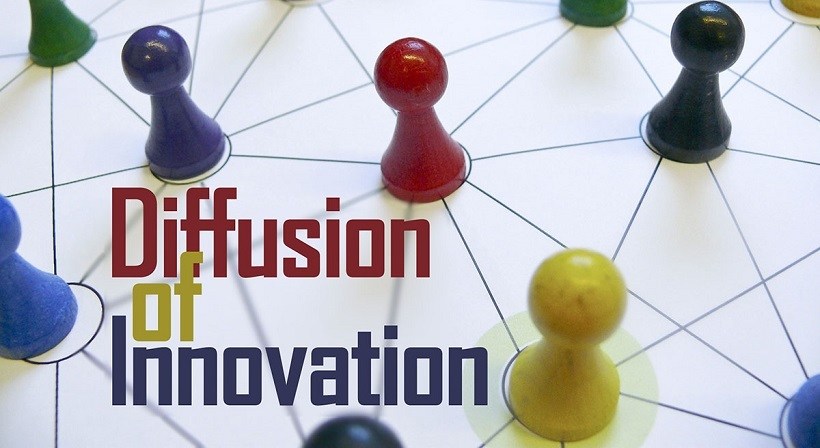Venture Capital In Educational Technology: Is This Form Of Funding Effective?
The allure of educational technology is easy to understand. In almost every other area of our modern world, machines have significantly contributed to modern life, but they are largely missing from our schools. People have looked to machines to solve issues in most other endeavors in their lives, hoping to gain improved efficiency, cost, and time savings. So it is not surprising that technology has been employed for both noble (better learning outcomes) and less than noble reasons (teacher proofing).
One of the more concerning issues about the commercial educational technology providers is the source of their funding, venture capitalists. Venture capital is provided by investment firms to fund early stage companies. These firms typically invest in a large number of startups with the assumption that 90% of them will fail, but the 10% that thrives will yield a return on investment of at least 300% (known as a “3-bagger”). This strategy has been extremely successful in the high-technology sector and in large part is responsible for the phenomenal products and companies that have emerged from Silicon Valley. Venture capital firms provide a strong support network to help guide new entrepreneurs, but their model has its darker side.
There is an inherent instability in any “disposable” relationship. The funded companies typically cede a significant amount of control in exchange for the millions of dollars they receive. When the company delivers the kinds of profits that the funders see as significant, that control can be very constructive and nurturing. But if the company underperforms or takes longer to deliver, it can find itself among the “walking dead”, with just enough capital to stay in business but not enough to grow, closed down completely, or merged with another of the firm’s portfolio of funded companies.
I’m not sure teaching machines have as much potential in K12 as they may in higher education. Not that there aren’t issues that might be addressed using technology, but the impact will probably be less. That said, some of those barriers to adoption in K12 are being removed. Using computer technology in the classroom 20 years ago meant classes traveling to an expensive dedicated “computer room” filled with expensive, fragile, and difficult to maintain desktop computers loaded with largely ineffective software. Laptops and internet access made the process somewhat better as they emerged, but the newest computer tablets fit in the classroom are more comfortable and have lots of potential – if teachers see the value in using them. This will require compelling web applications and sufficient training on how to best use technology in the classroom.
The rural sociologist Everett Rogers founded a systematic study of ways innovations are introduced to and adopted by potential users, known as the ‘diffusion of innovations’. Many of the terms and concepts he identified, such as laggards and early adopters, have made their way into the language of business and the popular culture. The diffusion of innovations provides a practical framework on which to study the common elements in such disparate areas as MTV marketing and animal husbandry. In a series of diffusion studies across multiple areas, Rogers found that innovations which have the following characteristics, high relative advantage (a better mousetrap), compatibility (works well with what’s available now), trialability, observability, and low complexity, are likely to succeed over innovations that possess lower levels of those attributes. I think tablets have many of the characteristics that Rogers identified, but time will tell if they “live up to their potential”.
Excerpted From Teaching Machines: Learning from the Intersection of Education and Technology, by Bill Ferster. Johns Hopkins University Press, 2014.








